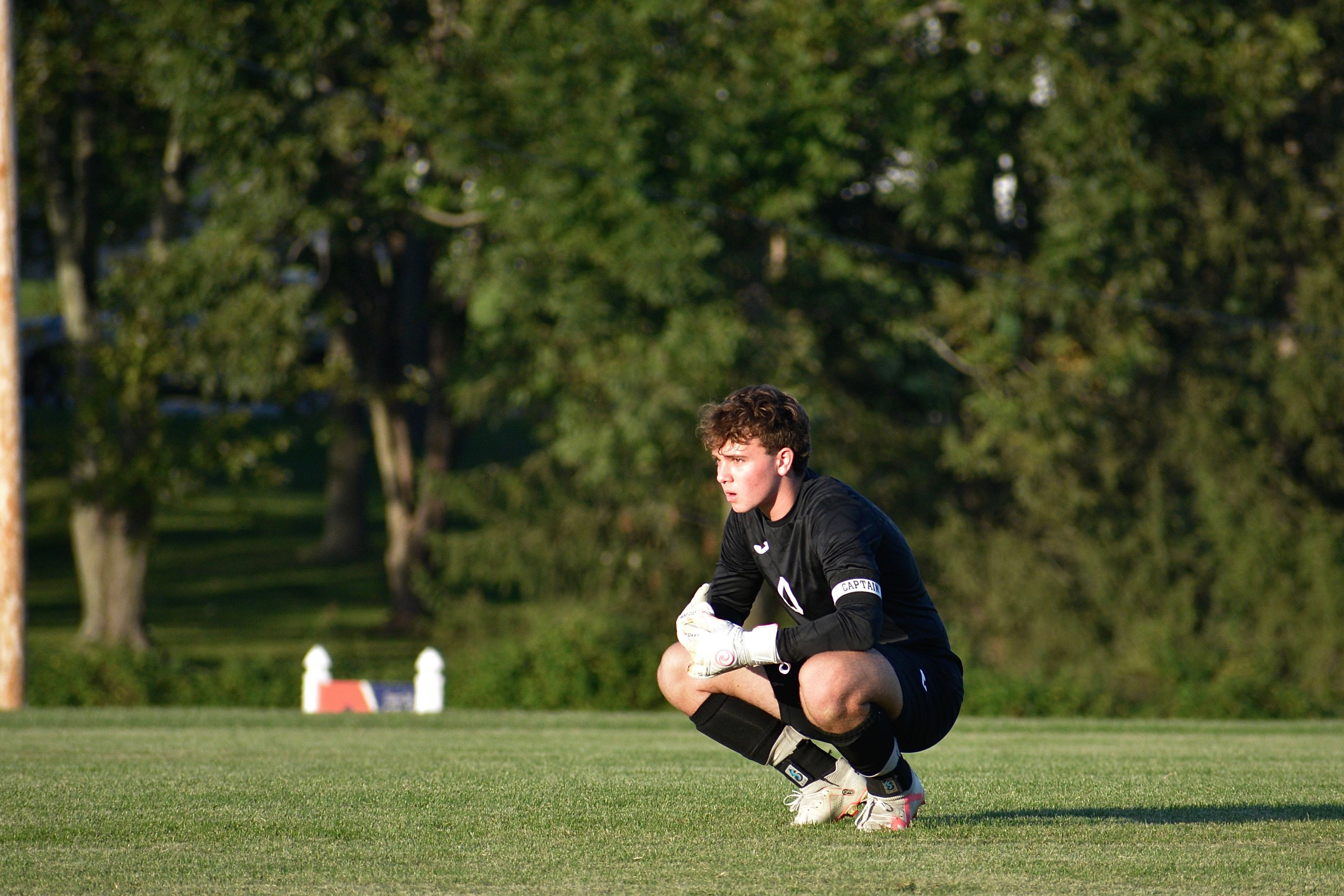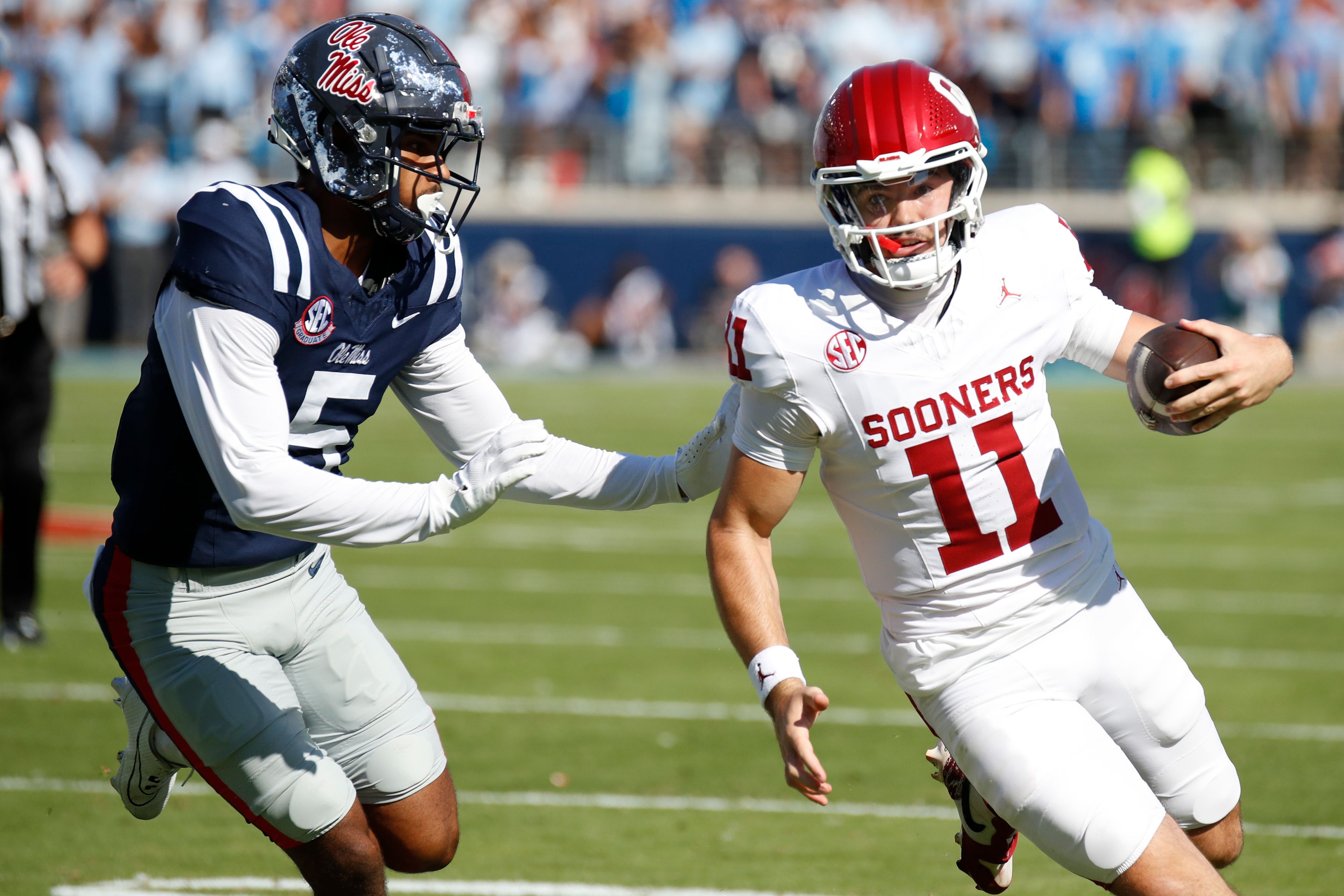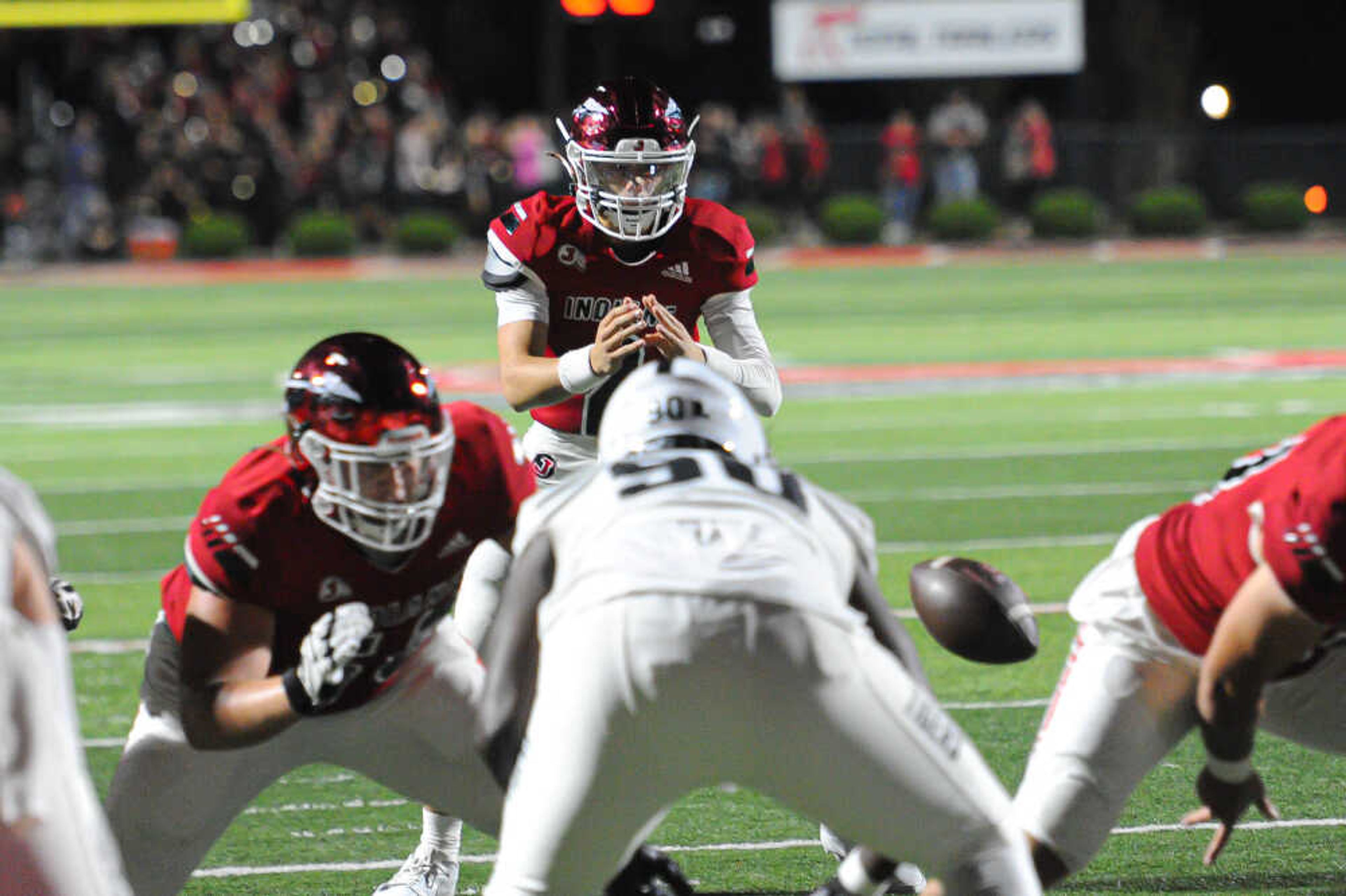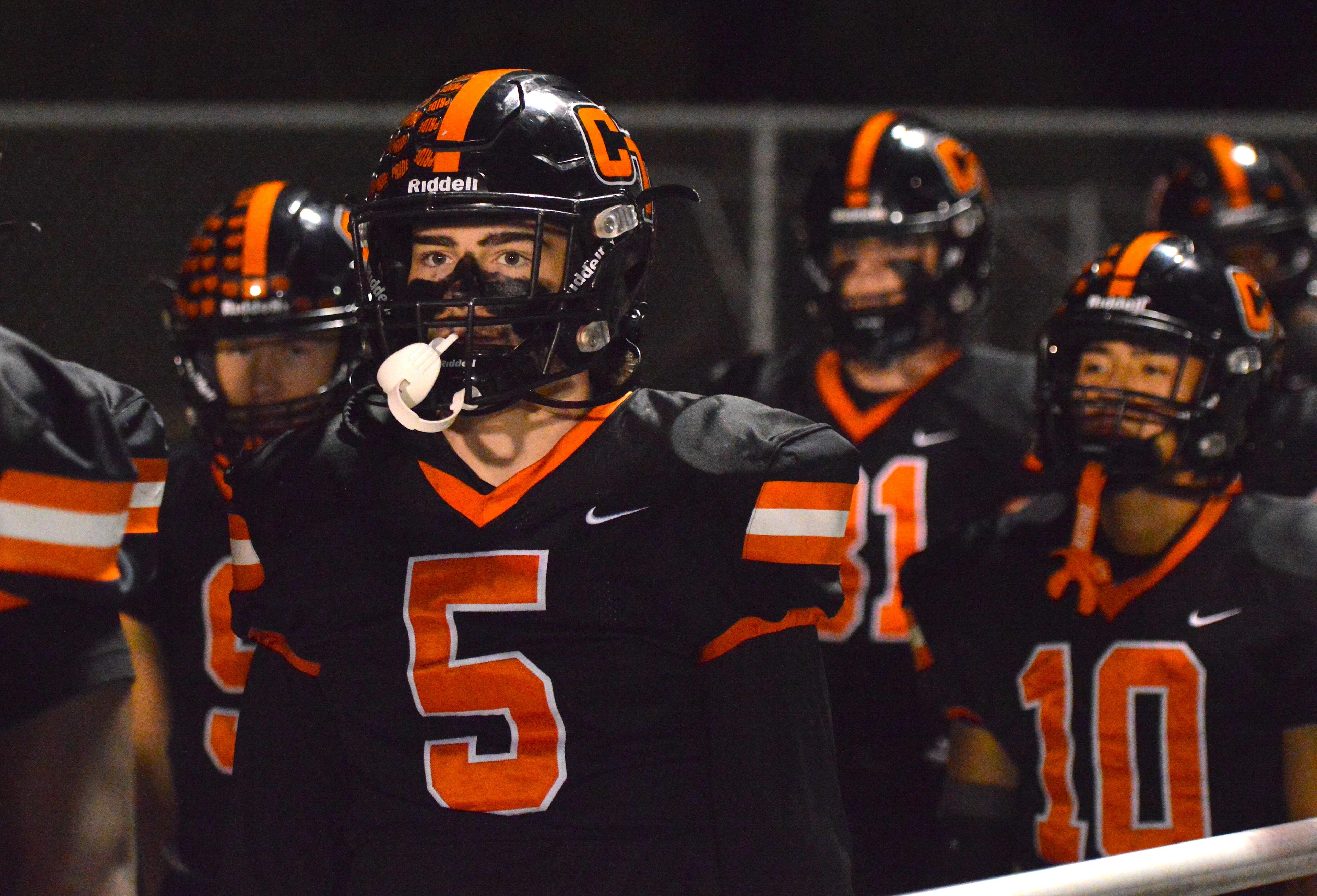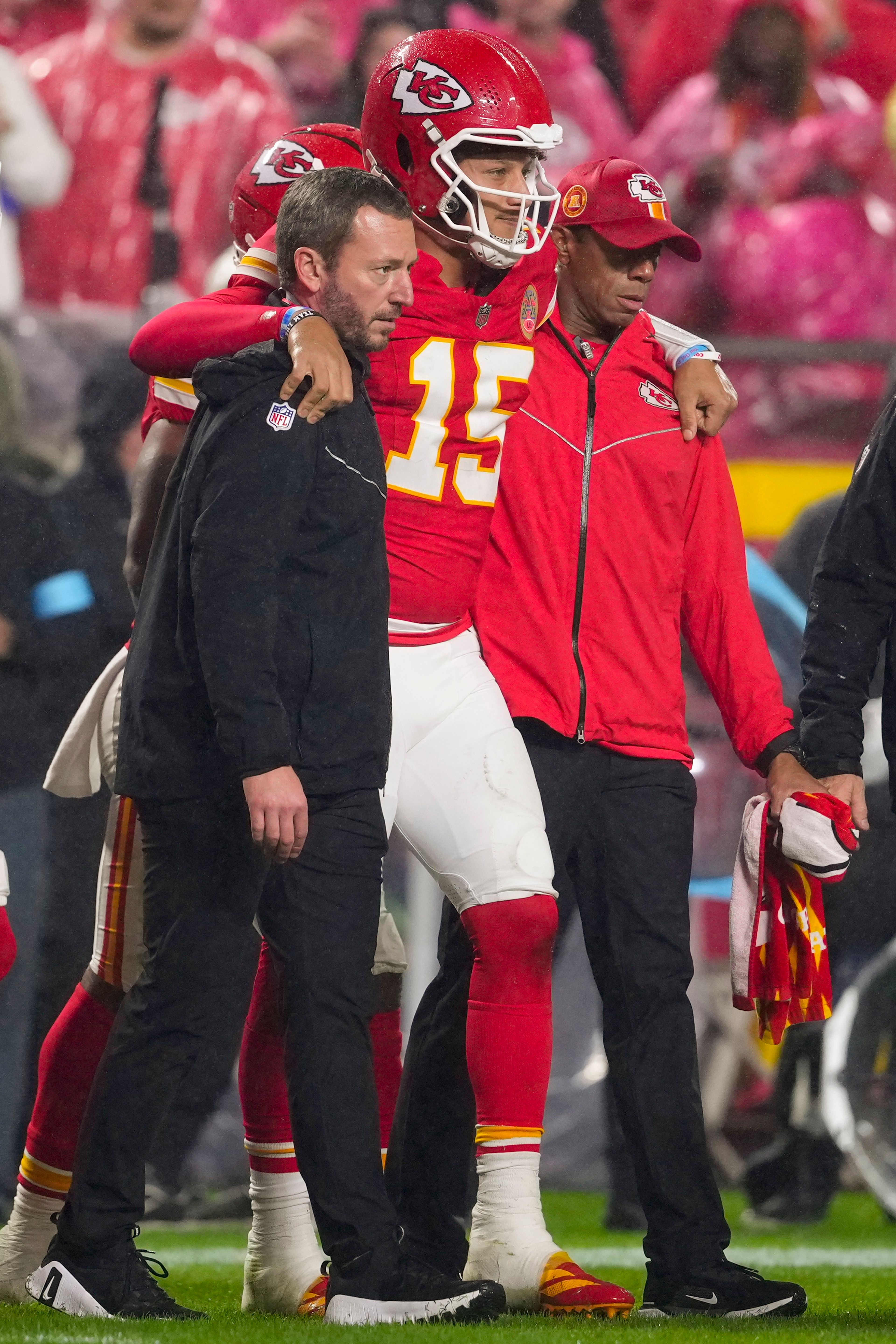UAB's cold splash of athletic reality
BIRMINGHAM, Ala. -- Six years ago, Alabama-Birmingham moved up to college football's top division with hopes of carving a niche in a football-mad state dominated by Auburn and Alabama. Now, with the football program losing millions and the once-powerful basketball program no longer much of a draw, the trustees have issued an ultimatum for the Blazers' athletic program: Pay for yourself or close up shop...
BIRMINGHAM, Ala. -- Six years ago, Alabama-Birmingham moved up to college football's top division with hopes of carving a niche in a football-mad state dominated by Auburn and Alabama.
Now, with the football program losing millions and the once-powerful basketball program no longer much of a draw, the trustees have issued an ultimatum for the Blazers' athletic program: Pay for yourself or close up shop.
"It's either a wakeup call or a death penalty, however they want to handle it," said trustee Joe Fine, an influential Montgomery lobbyist who sponsored the resolution.
The trustees of the University of Alabama System, who also oversee the more famous Tuscaloosa campus, voted unanimously April 19 to require UAB's athletic program to operate without university money by 2004. The university's presidential discretionary fund and state money pumped $7.5 million into UAB athletics last fiscal year, about 62.5 percent of the $12 million budget.
The losses were across the board: about $2.5 million for football; $2.8 million for women's sports and more than $300,000 for a basketball program that under Gene Bartow was once the Blazers' pride and joy.
"Obviously what it means is we have to put everything else on the backburner and try to find out the best agressive move we can make to be able to satisfy them," said athletic director Herman Frazier, in his second year.
Trimming expenses
Frazier expects his department to trim $1.1 million or $1.2 million from the budget for the fiscal year ending in September, thanks to increased football revenue and fund-raising in football and basketball. He makes no promises about athletics becoming self-supportive in time to meet the trustees' mandate.
"What we start with is how we finish up this coming year, which will show that we're moving in the right direction," Frazier said. "Then, what you do is you build on that success and you try to move forward."
It's not clear if that will be enough.
"Not to say anything's ever written in concrete, but it's been our experience that you can't start compromising until progress has been made and they haven't shown any interest in making progress," said Fine, chairman of the board's athletic committee.
"The athletic department at UAB has been losing millions of dollars for some time, and it's been discussed with the administration over and over that this is not acceptable," he said. "They never gave us a firm number until they recently told us (athletics) lost $7.6 million."
What went wrong?
Entertainment competition
UAB suffers from an ailment many big-city schools do: general indifference among so many entertainment alternatives. Plus, the school is 45 minutes from the Tuscaloosa campus and two hours from Auburn.
The Blazers drew a modest 18,536 fans per home football game at Legion Field, a cavernous facility more suited for the big crowds at the twice-a-year Crimson Tide nonconference games still held in Birmingham.
"I remember we had 28,000 or so for one game against Kansas, which was a very nice crowd," coach Watson Brown said. "And yet it still looked like a scrimmage."
Winning hasn't helped all that much. The Blazers have gone 7-4 and 6-5 the past two years after elevating to Division I-A in 1995, qualifying for bowls but failing to get a bid.
"They just have not had the fan and community support to support that level of play, and I hope that they will," Fine said.
Brown, who was celebrating his 52nd birthday the day of the trustees' mandate, figures that success saved his program.
"Thank goodness we have a very good football program," Brown said. "If we hadn't done well, if we were 1-10, 2-9 or 3-8 and just not doing anything, it might well be gone today.
"But because we've got such a strong program, I think people rallied behind it."
Brown took over a program three years removed from non-scholarship Division III in 1995. "We have to find some way to turn this city on fire," he said shortly after his hiring.
He's hoping this will do the trick.
Connect with the Southeast Missourian Newsroom:
For corrections to this story or other insights for the editor, click here. To submit a letter to the editor, click here. To learn about the Southeast Missourian’s AI Policy, click here.
